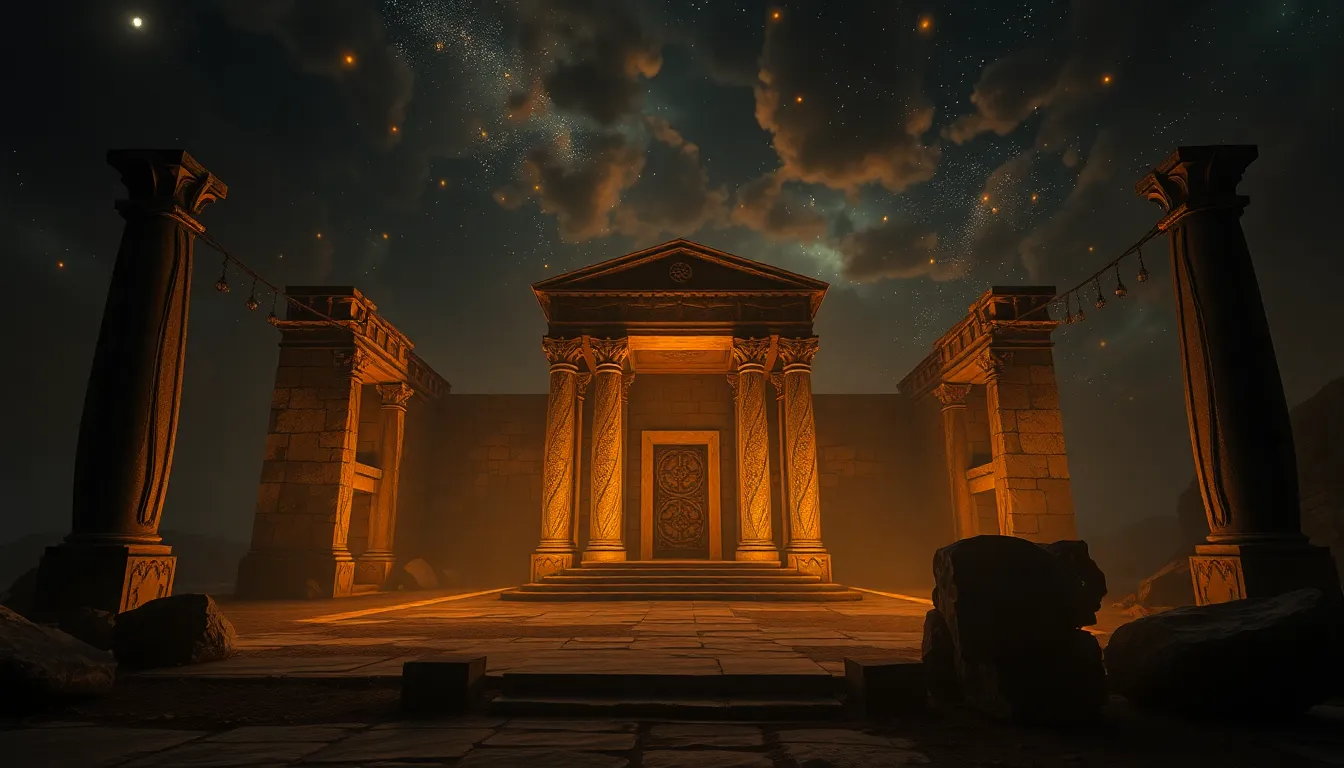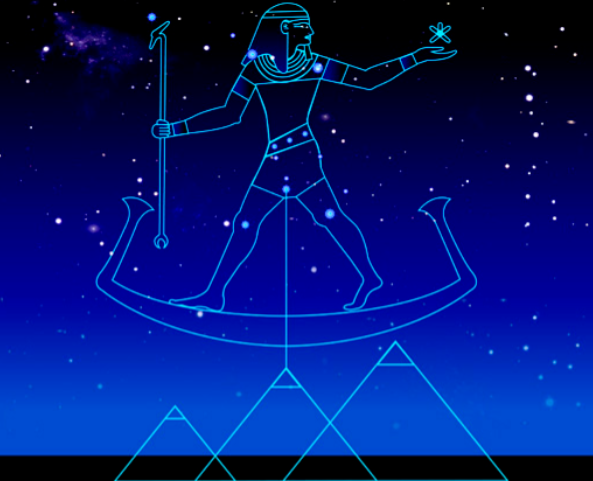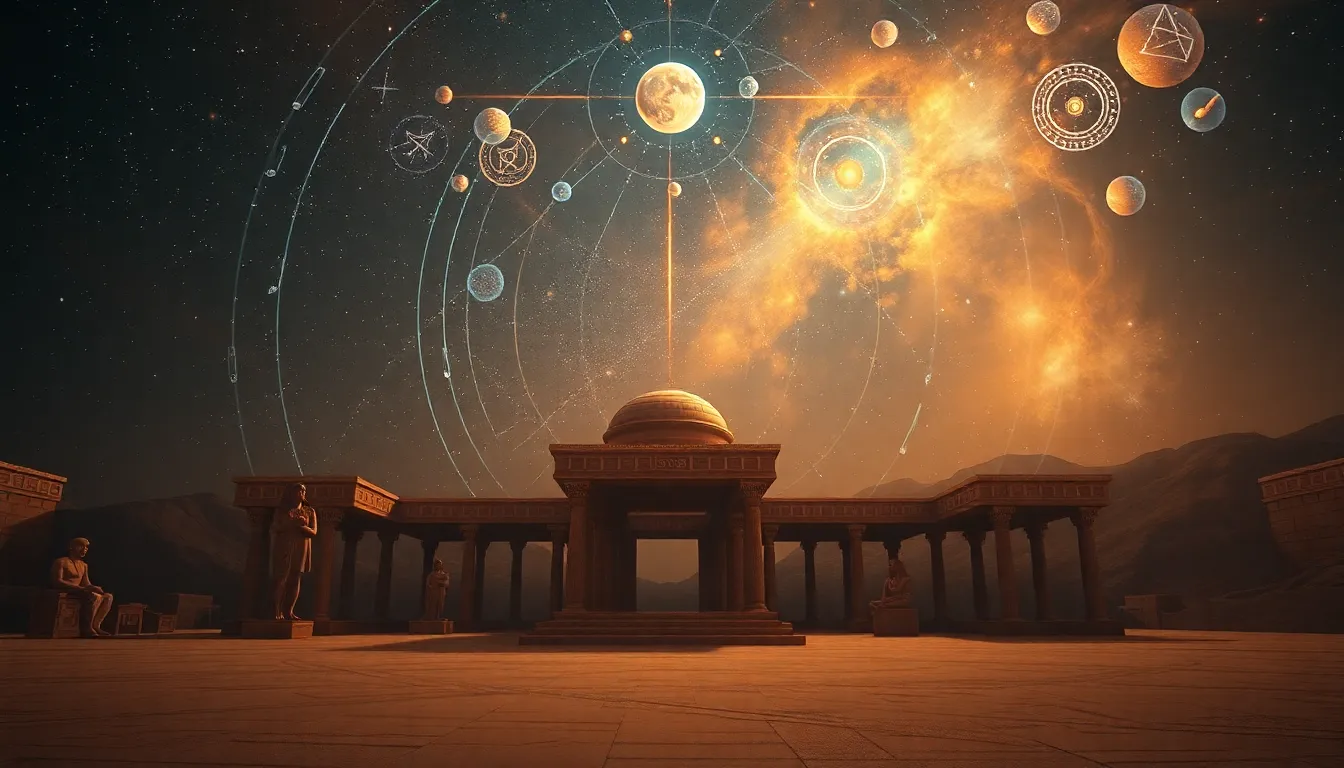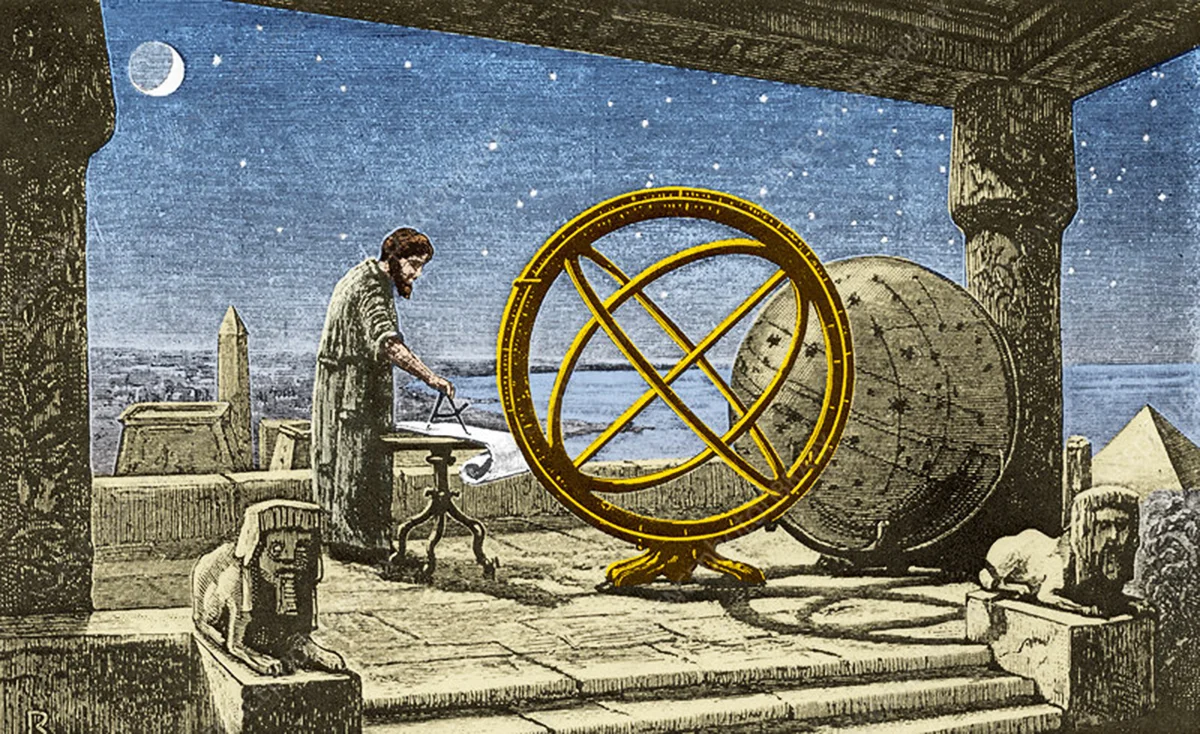The Sky Builders: How Ancient Monuments Aligned with the Heavens
From the windswept plains of Giza to the jungles of Yucatán, our ancestors raised monuments that reached for the stars. Long before telescopes or compasses, they mapped the sky with astonishing accuracy. These ancient monuments aligned with the heavens may hold clues not only to early astronomy but to forgotten civilizations that once saw Earth and cosmos as one.
Stone, Sky, and Sacred Purpose
Why did so many megalithic builders — from Egypt to Peru — orient their monuments toward the solstice, equinox, or specific constellations?
Perhaps they sought connection with divine order — or maybe they preserved a scientific understanding of the heavens lost to time. Sites like Stonehenge and Chichén Itzá encode solar calendars so precise they mark the seasons to this day.
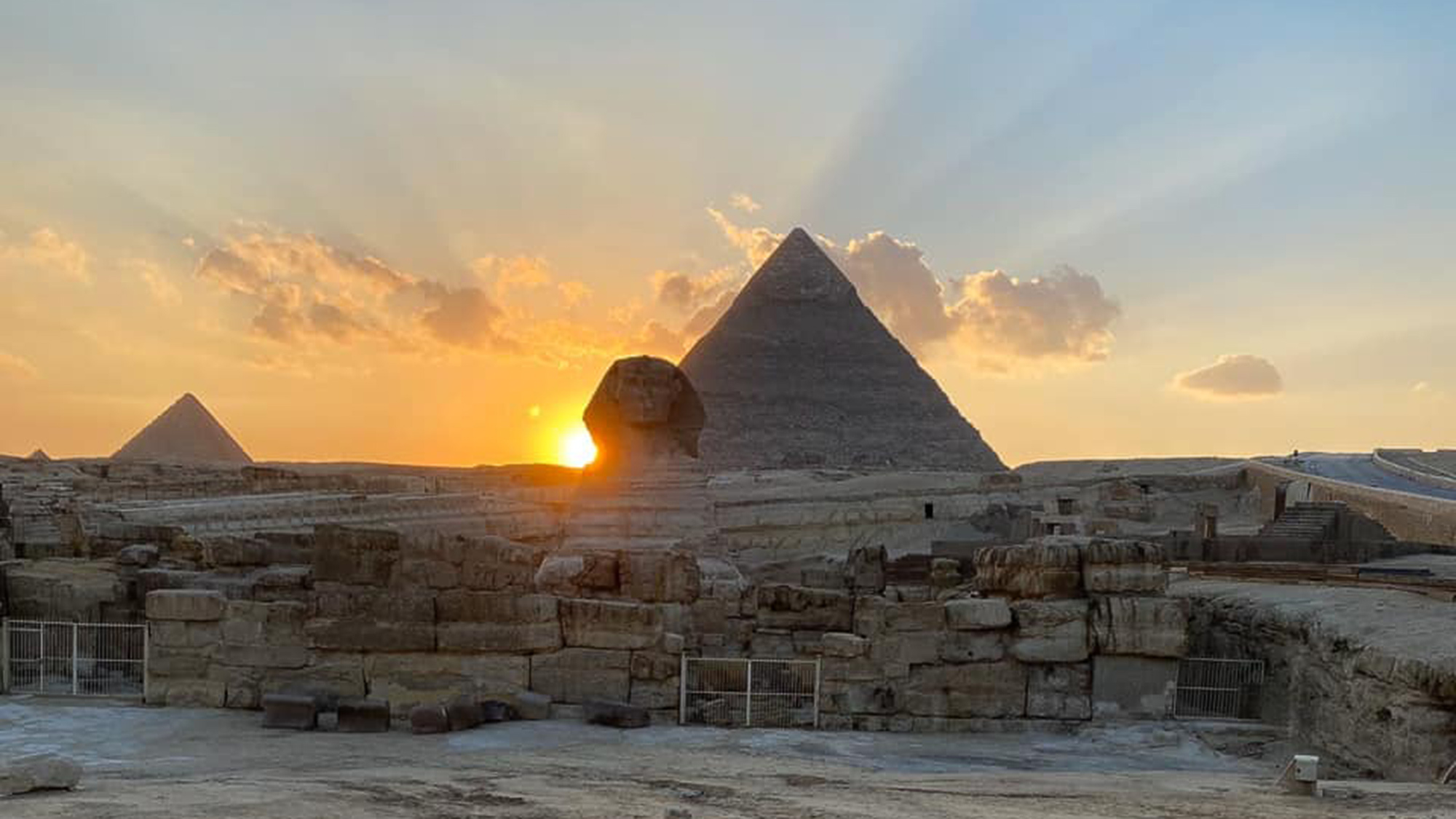
At Stonehenge, the rising midsummer sun aligns perfectly with the Heel Stone. In Mexico, the Temple of Kukulcán casts a serpent-shaped shadow only on the equinox. These were not accidents; they were intentional designs linking the rhythm of life to the rhythm of the stars.
Giza and Orion: A Celestial Blueprint
The pyramids of Giza mirror the three stars of Orion’s Belt — an alignment first explored by Robert Bauval and later supported by astronomical mapping. The shaft of the Great Pyramid even points to Orion’s star Alnitak and Sirius, perhaps symbolizing a passage to the afterlife.
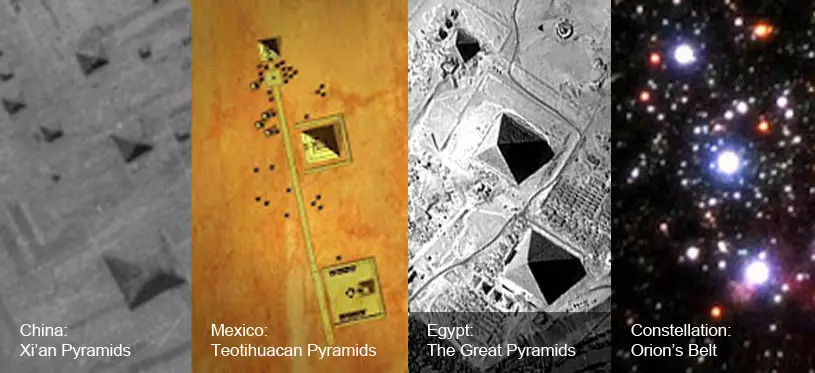
Could this connection suggest that the pyramid builders possessed a level of celestial knowledge far beyond their supposed time? Scholars such as Robert Schoch and Graham Hancock have proposed that the erosion on the Sphinx hints at a much earlier, wetter epoch — possibly 9,000 to 10,000 BCE, when the Sahara was fertile and the stars of Orion rose differently on the horizon.
Sky Temples Across Continents
Across the globe, we find echoes of this cosmic architecture:
-
Nabta Playa (Egypt): an even older “Stonehenge of the desert,” aligned to the summer solstice sunrise.
-
Machu Picchu (Peru): the Intihuatana stone marks equinoxes with laser-like precision.
-
Angkor Wat (Cambodia): designed as a vast solar and lunar calendar aligned to the constellation Draco.
-
Chaco Canyon (New Mexico): the Ancestral Puebloans carved spiral petroglyphs marking solstice light beams.
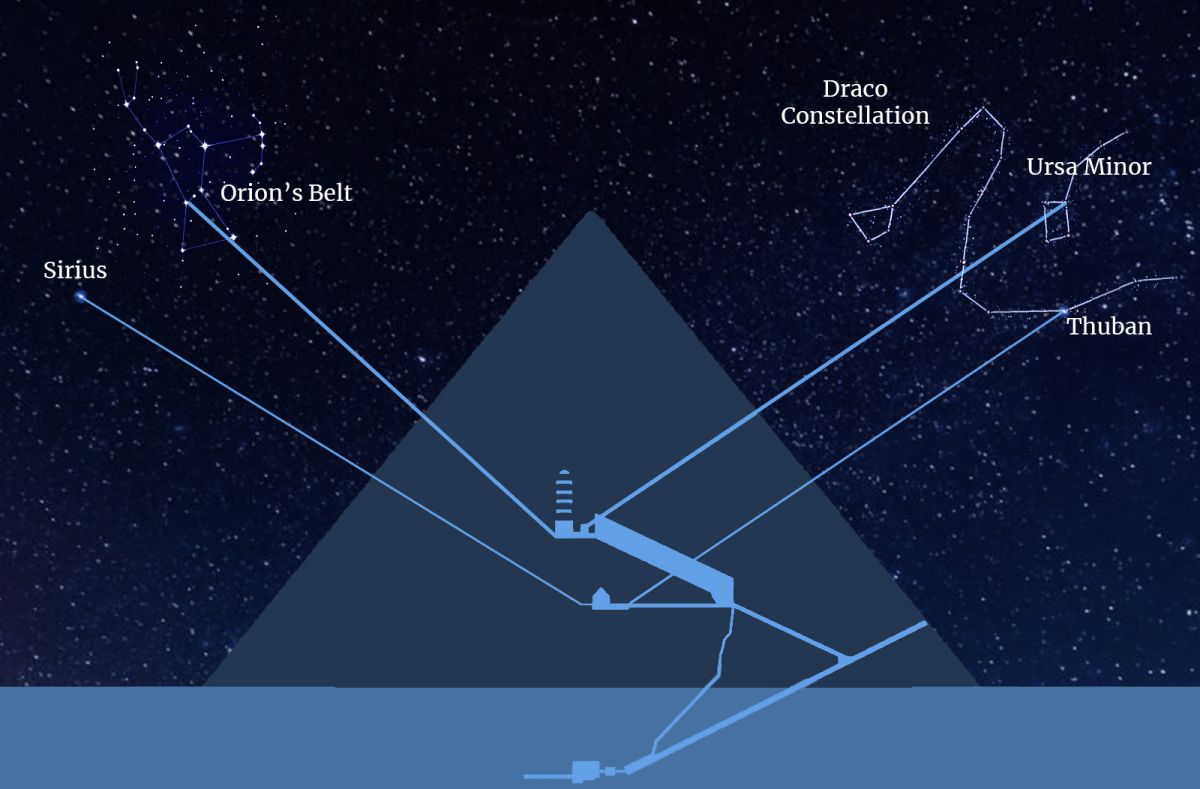
These similarities suggest that ancient cultures, separated by oceans, shared a universal sky language — one that recorded time, honored the cosmos, and encoded wisdom into stone.
A Lost Science of the Sky?
Did these sky builders merely watch the heavens, or did they understand something deeper — the cycles of destruction and renewal that shape Earth itself?
Many myths, from Plato’s Atlantis to Maya cosmology, describe ages ending in fire or flood, tied to celestial events. Could these alignments have served not just ritual but warning — a way to track long-term cycles like the precession of the equinoxes (25,800 years)?
If so, our ancestors might have left us a message across time — one we are only now beginning to read.
Key Concepts
-
Celestial alignments reflect advanced knowledge of astronomy.
-
Giza’s layout and Orion correlation may indicate ancient star mapping.
-
Global sites show shared traditions of tracking the sun and stars.
-
Myths and monuments could encode astronomical and cyclical events.
-
Precession awareness hints at civilizations older than recorded history.
Additional readings
-
Bauval, R. & Gilbert, A. The Orion Mystery (1994)
-
Hancock, G. Magicians of the Gods (2015)
-
Schoch, R. Forgotten Civilization (2012)
-
NASA Earth Observatory – “Ancient Astronomical Alignments”

